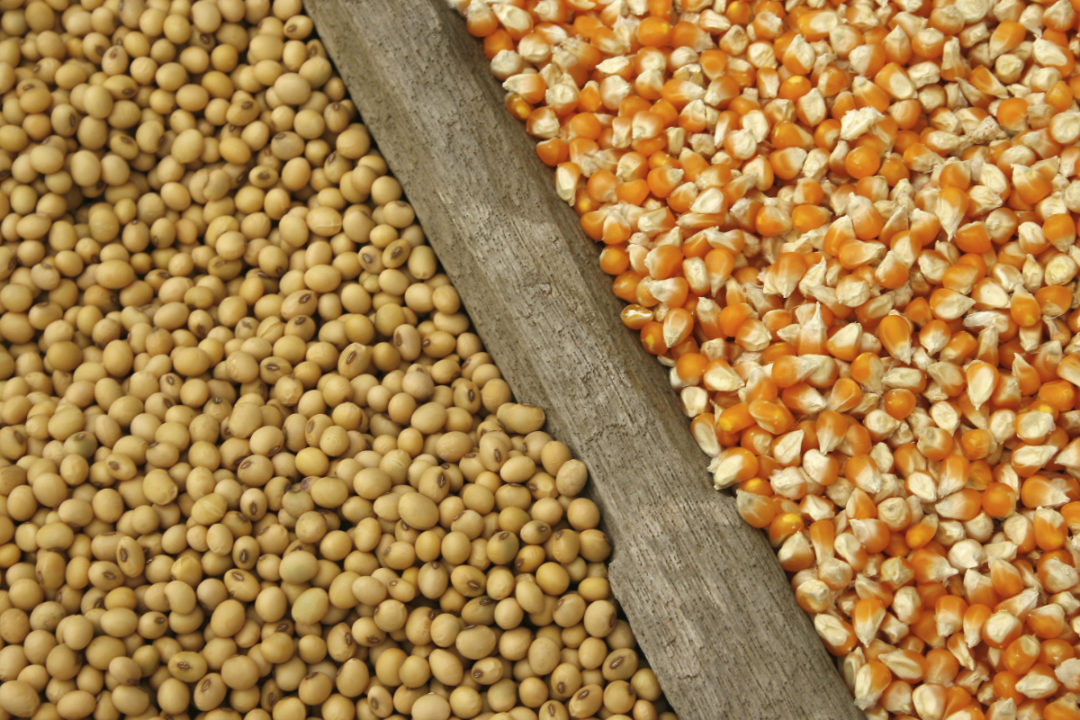Argentina may add to large soybean supplies

Argentine farmers are likely to plant more soybeans in the current 2024-25 season, trimming the area dedicated to corn after that crop’s last harvest was hit by a devastating insect plague and with rain forecasts looking rosier for soy.
The trend could see the largest expansion in soybean planting in over a decade, analysts said, potentially boosting supplies globally with prices already subdued. Argentina is the world’s top exporter of processed soymeal and oil.
The South American country’s soy planting area has declined in recent years, competing with corn for space. However, fears that a leafhopper plague like one that ravaged the last corn harvest could hit the fields again is likely to knock an estimated 4.9 million acres off corn planting — favouring soy.
“Of those (4.9 million acres) of corn not being planted, a large part will go to soybeans,” said Cristian Russo, head of agricultural estimates at the Rosario grains exchange, which estimates 41.5 million acres were planted with soy last year.
The Rosario exchange cut its 2024-25 corn planting area by 21 per cent earlier this month but has not yet given an official soy planting area forecast. The rival Buenos Aires exchange cut the corn area by 17 per cent. Corn planting begins this month.
Aníbal Córdoba, a farmer and member of a growers group in northern provinces, including Chaco and Santiago del Estero, said producers were building more soy into their plans.
“Our group usually plants 35 per cent to 40 per cent of our land with corn, but this time we’re going to do an average 20 to 25 per cent. Of what’s not going to corn, almost all will be replaced with soy,” he said.
A jump for soy by anything near 4.9 million acres could be the largest since a three million year-on-year increase in 2012, 3.5 million in 2008 or even 4.7 million acres in 2003.
Fernando Flores, a farm technician and insect expert from the farming community of Marcos Juárez in Córdoba province, said the “shocking” corn losses last season due to the insect plague had put a lot of farmers off, though the very cold austral winter would have culled leafhopper numbers significantly.
“So perhaps the decline in corn planting may not be as dramatic as people think if it rains in September,” he said.
However, Germán Heinzenknecht, a meteorologist with the Applied Climatology Consulting Firm, said the outlook for early September remained dry, with more rain forecast for October, another incentive for soy, whose planting starts that month.
“Soil moisture levels currently in a large part of the farming area, in the west and centre, are not suitable for planting,” Heinzenknecht said.
“So the overall equation is tough for corn and a boost for soy.”
Read also
Official Release – December 17th! Crop & Price Navigator 2026/27
Ukraine’s harvest nears completion: Total grain output exceeds 56 mln tons
Wheat heads for worst week since June on global oversupply
‘Soybean GPT’ lands South Korea’s agriculture ministry in awkward situation
Thailand purchases 65 thsd tons of Argentine feed wheat
Write to us
Our manager will contact you soon



